Out of the 48 or so books I read in 2020, 25 percent—that’s only 12 books—were non-fiction. The rest were fiction books and children’s tales.
I started reading non-fiction in 2017 when I started this blog On My Canvas. I always read stories and novels, but nonfiction wasn’t a big thing around me. Not that reading fiction was a trend in my social circle either. I can count the selected few readers amongst my friends, batch mates, and colleagues at my fingertips.
There was one guy in college who loved Shakespeare and read philosophy. There is a poetry lover and creator who is still a great friend. Some of the elites from Vidya Mandir and other high-class Delhi schools could talk about Mark Twain and J.R.R Tolkien but only seldom did I see them with a book. Or maybe I wasn’t noticing books at that time myself.
By the time I graduated, I had only added Fountainhead, The Lord of the Rings, and Chetan Bhagat’s Five Point Someone to my books-I-have-read list. What was I doing the rest of the time? Studying, sleeping, crying, dating, getting dumped, crying, painting, spending summers at home, going out with friends, and breaking my head against the Computer Science assignments that I so didn’t get. Oh, I also read a little fiction and poetry as part of the Literature electives I had taken.
I read the English translation of the Hindi book Guide and multiple versions of Mahabharata in those 3-4 lit courses. The rest has evaporated like those college years that occupy lesser space in my memories as time passes by.
So I didn’t read non-fiction books during college. While working in Bangalore and Delhi on my first jobs, I read cookbooks but didn’t pick any biography or a personal growth book even then. Until 2016, I hadn’t read nonfiction at all.
My journey with psychology, growth, and autobiographical books began in 2017 when I decided to write full-time. I launched On My Canvas, as a blog of learning, inspiration, and offbeat living. And that is when I read a lot of other blogs in the same genre and came across the non-fiction books and the paraphernalia.
I poured myself into those books. Every day I would read for a few hours, at least. Work finished at 5-6-7 and after an evening walk, all I did was read. Even on weekends I kept aside a few hours to read.
The Art of Learning, Elon Musk’s biography, Benjamin Franklin’s autobiography, and The Power of Habits were some of the first nonfiction books I read. Most of the things I know about habits, how to allow ourselves to learn, and how to live a creative life have been the juice of these books(as you can find in the linked articles).
But non-fiction books again took a back foot in 2019 when I focused on travel writing. That all changed in 2020 though. The last year was full of uncertainties but I knew well that to grow I have to read and write. And so it continues.
2021 has at least fifty non-fiction books on my reading list. And in 2022, six precious non-fiction sit on the list of my favorite books from the year.
First, something about women and reading.

Antoine Wiertz, Public domain, via Wikimedia Commons
(As Wikipedia tells, during the 19th century, amidst a golden age for reading, concerns emerged about women’s reading as jeopardizing marital and familial structures. Drawings and illustrations of the time reflected this fear that women would be seduced by books and neglect their domestic duties. Other images implied the danger in tempting women with books as explicitly linked to their sexuality. Like in this painting known as the The Reader of Novels (c.1853) by Antoine Wiertz’s the devil is shown to be supplying the female subject with pleasurable reading material.
Honestly, in a lot of Indian homes, even in mine, even today, reading is considered to be an activity that distracts us from our main duties. People who read are considered to be throwing away time. Reading is thought of as an act of pleasure, correctly so. Now read some thought-provoking ideas on why adults are always running after things they should do rather than what they want to do, inspired by The Little Prince.)
Now enjoy some of the best non-fiction books I read in 2020
1. Posterity: Letters of Great Americans to Their Children
Posterity is a collection of letters from the great Americans such as Thomas Jefferson, Oscar Hammerstein, Theodore Roosevelt, Alexander Graham Bell, N.C.Wyeth, Albert Einstein, and John Steinbeck to their children.
The letters are treasures of wisdom from those old times when parents used to write to their children, and video calls were as unthinkable as talking cats. I have found these intimate conversations not only occasionally hilarious, but deeply personal, insightful, and philosophical. Imagine the greatest authors and philosophers and inventors and scientists giving you the best advice of life because they care. That’s how the book will read if you think of yourself as the child receiving it, which is what I did.
I’m thankful.
Everyone who loves reading even a little bit of non-fiction would enjoy these. Fiction lovers wouldn’t be disappointed either as these letters are exchanged between real people talking about the most real things of life: disappointment, failure, death, success, hard work, diligence, honesty, love, care, responsibility, and legacy.
2. The Wisdom Of Insecurity: A Message for an Age of Anxiety by Alan W Watts
“The brain is in pursuit of happiness, and because the brain is much more concerned about the future than the present, it conceives happiness as the guarantee of an indefinitely long future of pleasures. Yet the brain also knows that it does not have an indefinitely long future, so that, to be happy, it must try to crowd all the pleasures of Paradise and eternity into the span of a few years. The ingenious brain, however, looks at that part of present experience called memory, and by studying it is able to make predictions. These predictions are, relatively, so accurate and reliable (e.g., “everyone will die”) that the future assumes a high degree of reality—so high that the present loses its value.”
“If I want to be secure, that is, protected from the flux of life, I am wanting to be separate from life. Yet it is this very sense of separateness which makes me feel insecure. To be secure means to isolate and fortify the “I,” but it is just the feeling of being an isolated “I” which makes me feel lonely and afraid. In other words, the more security I can get, the more I shall want.”
“For all purposes of feeling, your sensation of the sky is the sky, and there is no “you” apart from what you sense, feel, and know.”
The Wisdom of Insecurity is becoming one of my favorite and most helpful books of all time. (I still have to read it a couple more times to appreciate it fully.)
In this nonfiction read, Alan Watts explains that humans suffer because they are always trying to break themselves from the universe into another distinguishing entity, existing independently on its own, that’s the I. To establish this independent presence, we think of our past and plan our future while the present stays like a stunted plant.
But Mindfulness matters. It is the only thing that can break us from suffering.
I recommend this book to all readers.
3. Ikigai: The Japanese secret to a long and happy life by Héctor García and Francesc Miralles
Ikigai explores the best practices to live a long, healthy, and happy life (linked is my article inspired by the book and from experiences gathered by living a conscious life).
The town of Ogimi on the Japanese island of Okinawa boasts the highest life expectancy in the world. The authors visit Ogimi and talk to the locals there and research the inhabitants’ longevity.
Though many ideas of this book are common with other self-improvement books, some of the findings are baffling. Such as a more active lifestyle rather than dedicated, hard exercise is better for our overall health and well-being, meeting friends do more good than anything else, and eating less than we think we need or leaving a bit of space in our stomachs reduces aging and improves our health.
At the end of it all, a purpose in daily life, something to look forward to, and some hope keeps the people active, happy, and connected. (Please note that a daily purpose/inspiration could be different from the purpose of life.)
Do read this book and grab some cool ideas for a fulfilled life.
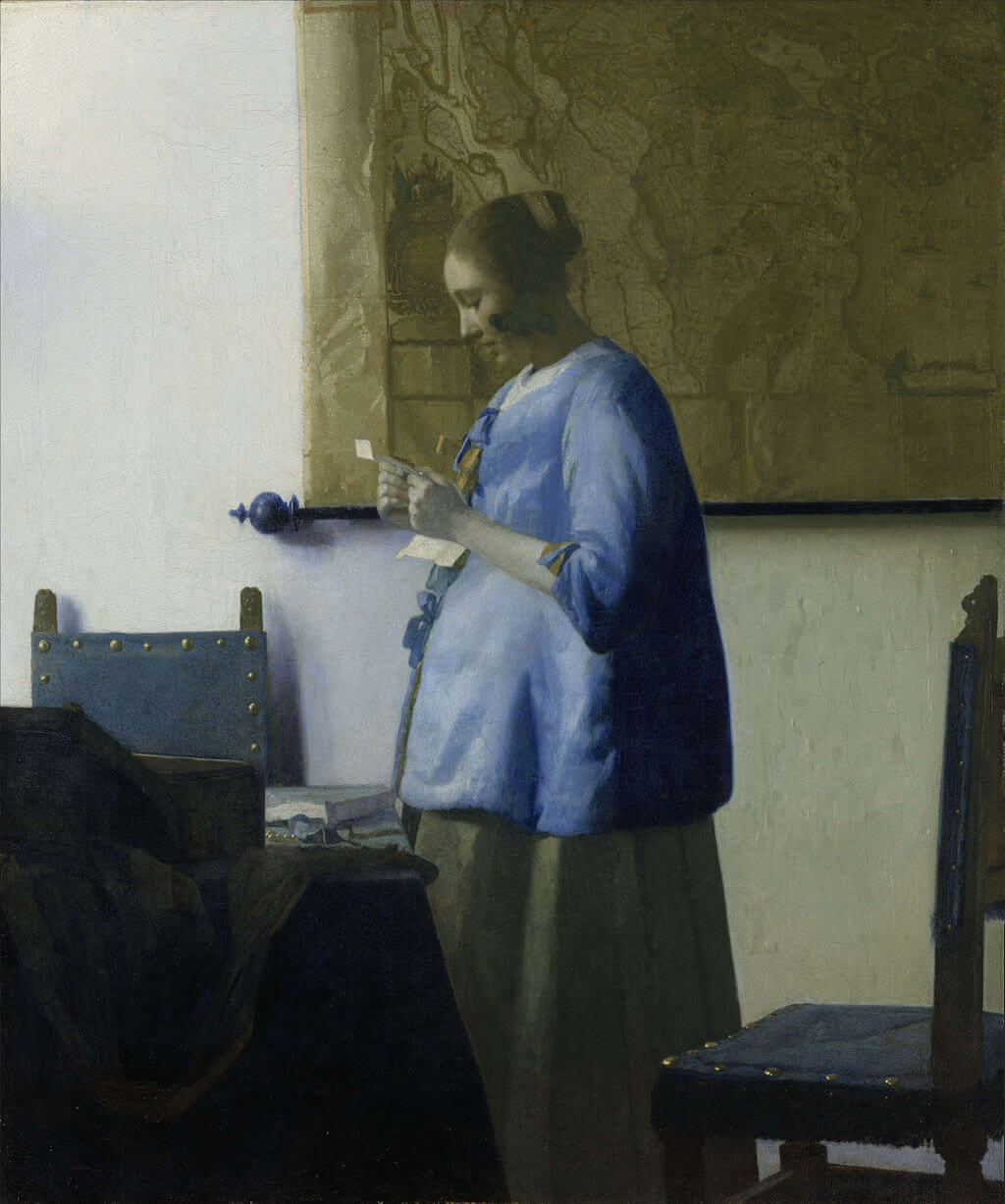
Johannes Vermeer, Public domain, via Wikimedia Commons
(The self-reflective act of reading was conflated in the depictions of women readers with distraction and longing for someone – presumably a male lover – ultimately undermining the subjectivity of the woman reader.)
The Stranger in the Woods is a real, mind-boggling, yet relatable story of a man called Christopher Knight. Knight left home, drove to the woods of Maine, left his car there, and walked into the woods. He only emerged 27 years later when the police, finally, caught him stealing food from the summer cabins.
During the 27 years, Knight didn’t meet anyone, never owned a cell phone, didn’t call his family or friends, never said anything to anyone except a hi to a hiker in the woods, and stole the essential stuff and food from the nearby summer cabins.
Do you know what was Knight’s favorite time in the deep forest? The extreme cold, minus thirty degrees or whatever it gets there. When there wouldn’t be any sun for months, summer cabins would be empty, he would have to wake up at 2 or 3 am to avoid getting frozen or falling sick, light a fire, pace up and down, and warm up his body with the movement. It was in those times when Knight would lay in his tent, covered in sleeping bags, almost freezing, but feeling the absolute stillness around him. It was this stillness that he loved the most.
The idea of living in the forest permanently without contacting anyone from outside sounds natural to me. Yeah, human beings are social animals but not all of us signed up for constant connectivity and big cities and fake urgency. People who can’t take all of this would go into the woods. Where else?
Well, there is a lot of controversy over the story. Do read and decide for yourself.
5. The 80/20 Principle: The Secret of Achieving More with Less by Richard Koch
80/20 states ideas whose manifestation we see around us but can’t put a finger on.
This book shows how we get 80 percent out of only the 20 percent of what we do — in personal life, relationships, business, growth, financial planning, et cetera.
Everything – quantitative and qualitative – is governed by the 80/20 rule. You would be surprised to see the statistics of how things work. Do give the book a read. The 80-20 principle is established multiple times over the book so skimming over the repetitive details won’t hurt.
6. The Elements of Style by William Strunk, Junior and E.B. White
1957, E. B. White praised this “little book” as a “forty-three-page summation of the case for cleanliness, accuracy, and brevity in the use of English.” And then he went onto add to the book which has become the grammar mantra for one and all.
Though the author says in the introduction that this style guide only covers a small portion of the English language, the rules would be enough for nineteen times out of twenty. All I know about grammar, composition, sentence, and paragraph formation I’ve learned from The Elements of style(most of these I’ve summed up in my 27 writing tips for new writers). Using the apostrophes to placing commas, connecting clauses but not putting commas between two independent clauses, removing redundant words, keeping connected words together, using active voice and positive form, and maintaining a single tense — the simplest but the most basic and ubiquitous rules are laid down in this grammar guide.
I’m including this grammar book here in the non-fiction list because anyone who has to read or write or make a simple conversation needs this book. Ever seen those long emails with only a few relevant words or got bored of someone speaking because they use all their vocabulary in one line? Short sentences, my friend, that’s the trend.
Please read this book and share.
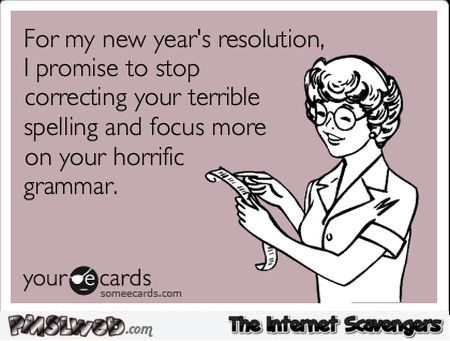
7. Eat Pray Love by Elizabeth Gilbert
Despite the popularity and my (concomitant) anticipation, neither was I super impressed by this book nor did I learn something completely out of the blue. But I did like some of its ideas and hence Eat Pray Love has made it to this list.
Some of the book’s pages felt too filmy and some read cliched and some were too first-world. You know the problems of yoga and meditation and what’s the big deal? But then you would see a woman seriously struggling with life, ideas, identity, thoughts, and perceptions. She wants to let go of the pain, is looking for a new path, finding people she could love, learning how to accept and how to forgive herself and others. And you would like that she is trying.
Sometimes I didn’t like the language or found that a simple issue was blown out of proportion. Too much self-indulgence turned me off at times but the honesty in the book kept me hooked.
There was also self-discovery, abstaining from pleasures to find what we want, a belief in the universe and that everything will be fine, opening up to people, learning by traveling, adjusting to new cultures, revamping one’s life to a more desirable state while making sure we are okay and learning how to keep our core cool – was all that I liked. But the book would have been better (at least for me) if every little thing of life was not so hyped.
So there you have it. Read and find out for yourself.
8. So Good They Can’t Ignore You by Cal Newport
So Good They Can’t Ignore You talks about why we shouldn’t quit our job to find our passion.
We look at Stephen King and Steve Jobs and Ryan Gosling and think that as they all followed their passion, we should find ours, too. We believe that our dream life is buried under our passions. Let us dig and dig and then it is all glory.
Cal Newport argues that more often than not doing something we enjoy may not bring us the best of all. Because we may suck at our passion or our pursuit may not have the capability to become a profession.
So how to build a career? By getting so good at something – something we don’t abhor and have a slight interest in – so good that they can’t ignore us. And when we are skilled at a job, we look at it completely differently.
Do read the book if you are struggling with career choices.
If you are reconsidering your career, I recommend these articles,
why work shouldn’t be boring, how to find passion, my journey of quitting my job to pursue writing, and why enjoying our work could be the reason we succeed.
9. Manage Your Day to Day: Build Your Routine, Find Your Focus, and Sharpen Your Creative Mind (by 99U, an initiative by the Adobe social media platform for creatives called Behance).
Manage Your Day to Day was full of lessons on creativity, love, and life.
The book talks about why we need to first choose the most important task of the day, how we can create a creative zone anywhere, why we should work even when we don’t want to, how to let mood expire and not wait for perfection, why working often at a project helps, why sleep is more important than anything else, and the benefits of meditation.
Manage Your Day to Day is not just for creatives but for all who want wholesomeness and creativity in their lives. My article on creative routine and rituals discusses some of the lessons from the book in detail.
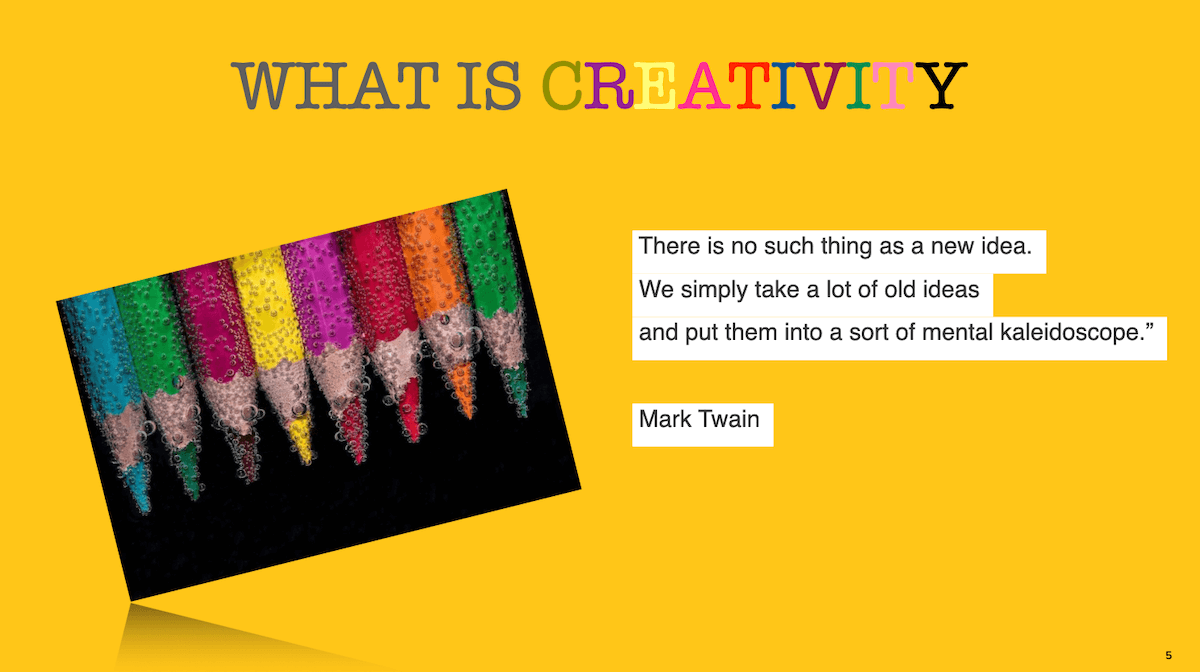
10. Boyhood Days by Rabindranath Tagore
“Nowadays, people seem suddenly mature, in every respect, than those who belonged to those earlier times. Those days, everyone, old or young, was youthful at heart.”
“The terrace, for me, was the desert I had read of in books, its bleak desolation stretching in every direction, the hot breeze stirring up a cloud of dust, as the blue of the sky grew dim.”
Like Tagore, I also felt free on the terrace of my parents’ house in our small town. We couldn’t go out into the town often but our second-floor roof was our view into the world.
Rabindranath Tagore wrote The Boyhood Days — a book about his childhood and growing up as a boy in Kolkata — a little before his death.
In the book Tagore talked about his journey through Kolkata, how lonely he felt in his big home, only surrounded by his boudidis (his brother’s wives), how absurd he found the closed men-driven caravans for women, his complete disregard towards studying in a formal system, a melancholy he felt for the world, and what he thought could change.
Whenever I feel lost — as a writer or someone who feels out of place in our culture — I pick up Tagore’s Boyhood Days and take inspiration from him to make sense of it all.
“The special appropriateness of presenting this entire narrative as an account of ones boyhood days’ lies in the fact that the growth of the child also signals the evolution of his spirits.”
Ask, “Are you doing this to simply do the best you can do, or are you doing this to do it the best it can be done?”
The One Thing is literally about the one thing that we can do in any field (of our life) to get the best results while reducing our efforts because all the other things will be rendered useless if we do this one thing. What is that one thing that matters the most in your work, your relationship, your health, social life, and so on.
For me that one thing is writing. If every day I write for a few hours when I’m the most active(that’s the morning), I get my most significant task done in the best possible manner. I also time block those hours: no phone calls, no meetings, no disruptions(do read my work from home routine to know more on how I stay inspired and efficient in the absence of external deadlines).
The book emphasis doing one thing at a time, breaks the myth of multitasking, highlights the benefits of going small, of putting one foot after another, of doing less for more, tells how being busy is not equal to doing good work, and that we should dream big to get big.
I found some parts of the book repetitive especially because I have read a lot on focus, multitasking, willpower et cetera. So if you get this one, read the first few chapters well, and when there is repetition, flip over or skim through quickly.
Despite the repetition, the book can help you lay down your priorities well.
Recommended Read: Best Fiction Books I Read in 2020
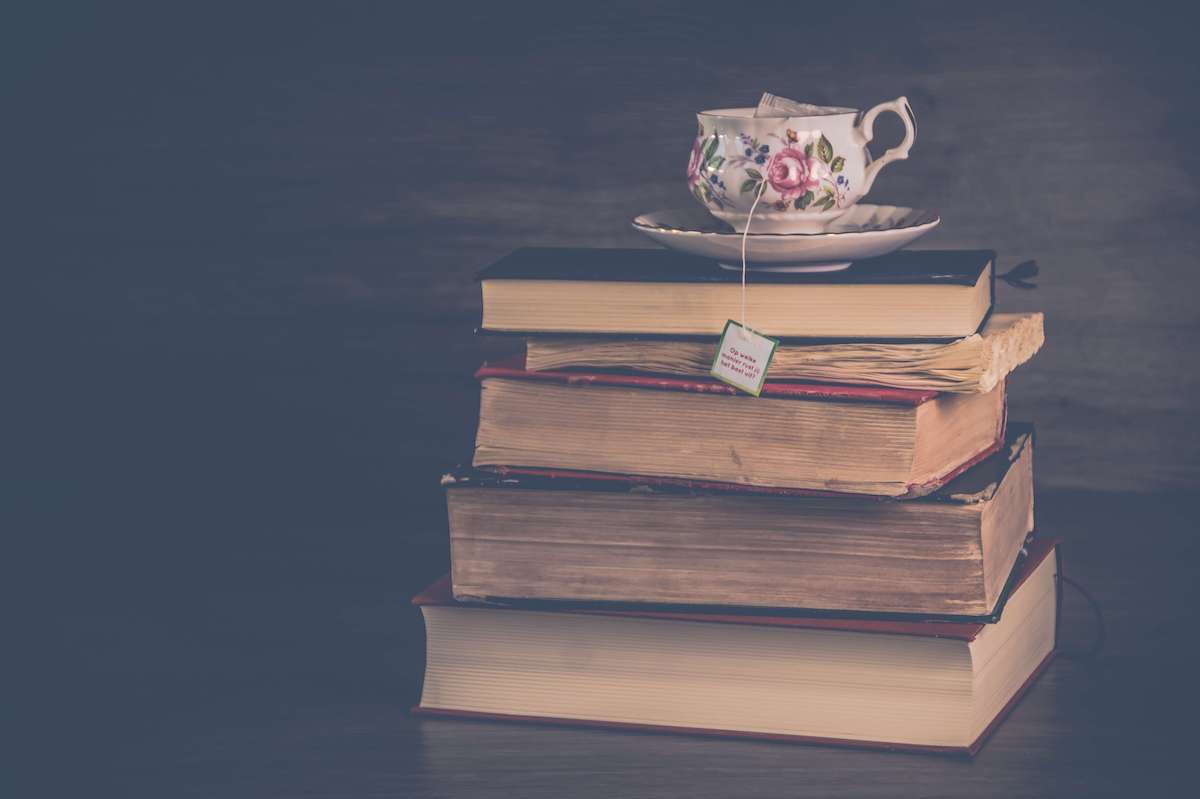
Photo by Ylanite Koppens from Pexels
Do you read non-fiction books or find it hard to go through them? Please tell me in the comments and maybe we can talk about reading nonfiction without getting bored.
Featured Image by 愚木混株 Cdd20 from Pixabay
*****
My much-awaited travel memoir
Journeys Beyond and Within…
is here!
In my usual self-deprecating, vivid narrative style (that you love so much, ahem), I have put out my most unusual and challenging adventures. Embarrassingly honest, witty, and introspective, the book will entertain you if not also inspire you to travel, rediscover home, and leap over the boundaries.
Grab your copy now!
Ebook, paperback, and hardcase available on Amazon worldwide. Make some ice tea and get reading 🙂
*****
*****
Want similar inspiration and ideas in your inbox? Subscribe to my free weekly newsletter "Looking Inwards"!

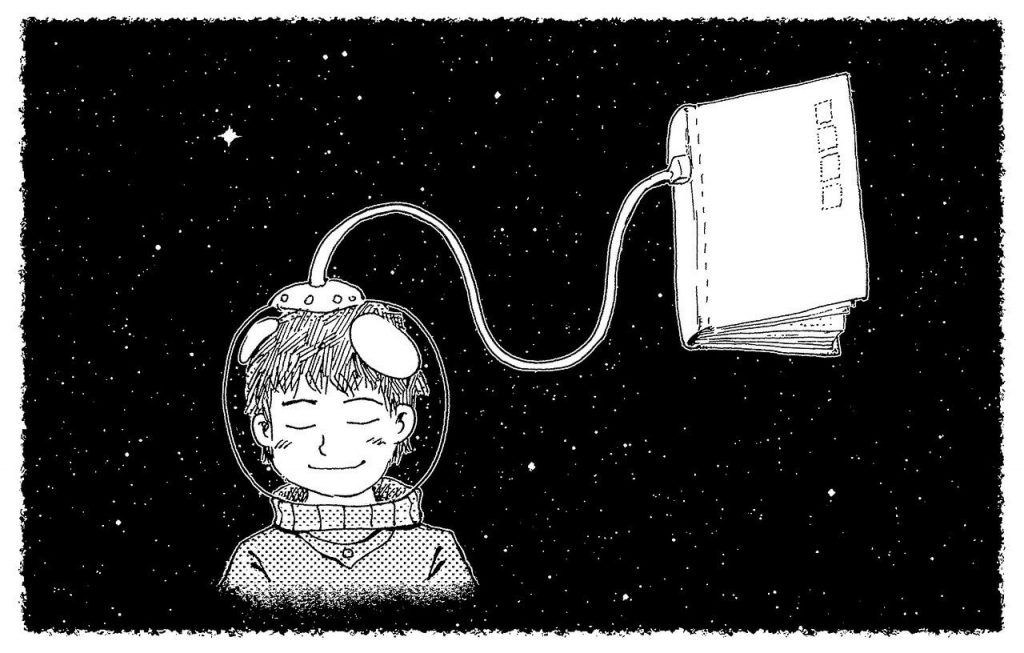
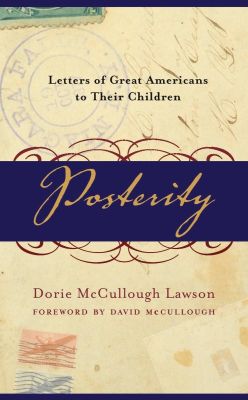
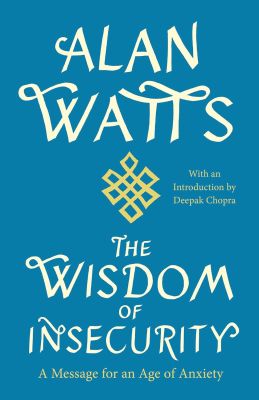
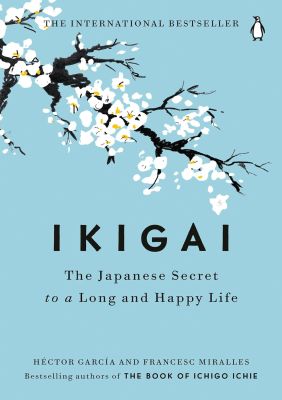
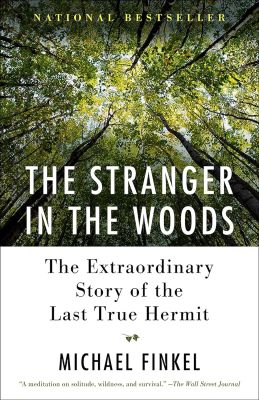
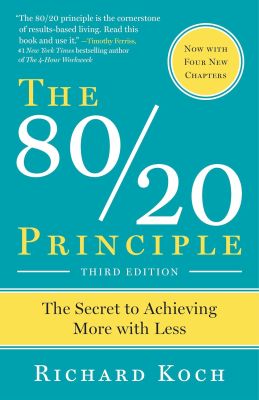
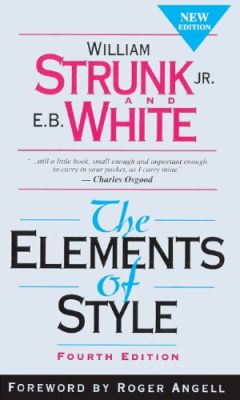
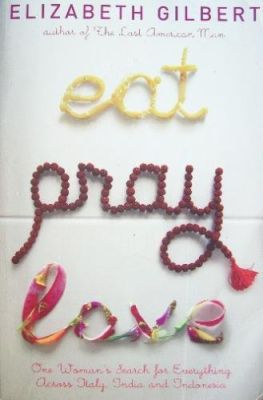
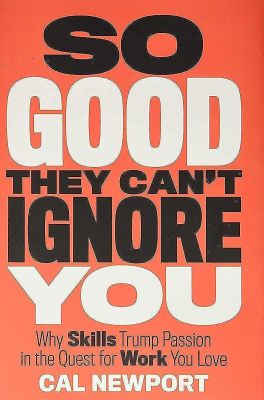
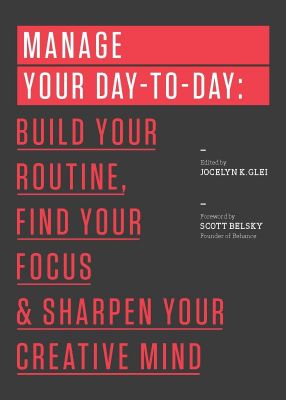
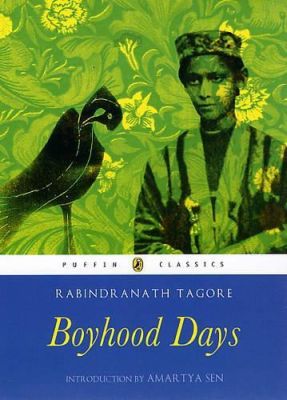
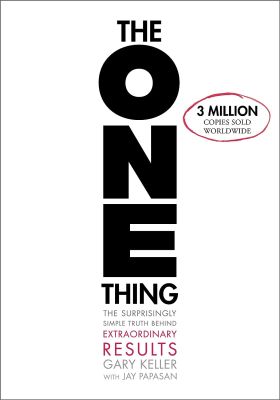
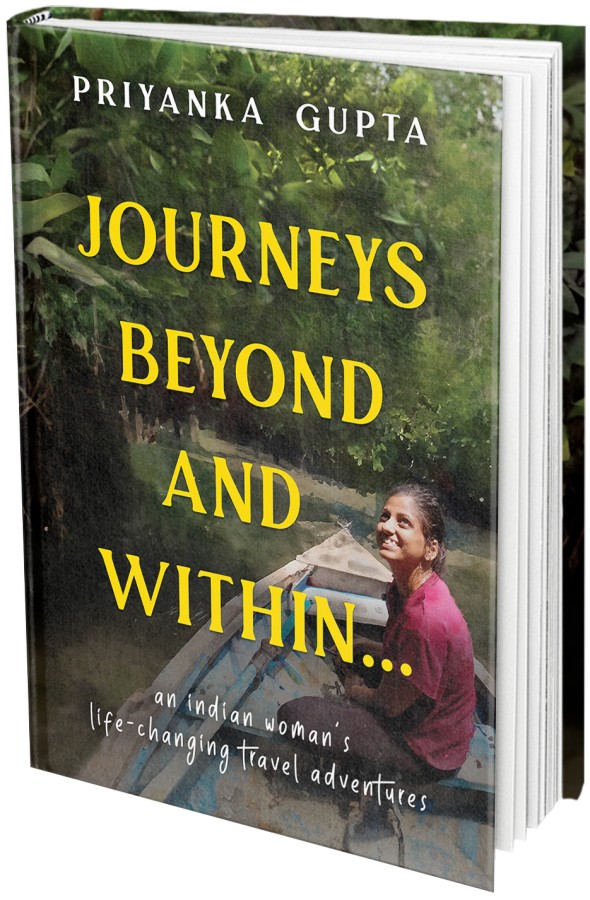
Hi my fellow avid reader:
Many thanks for sharing this great website and your love of books.
I used to read lots of fiction (I still do ) but have since moved into the world of non fiction.
I still enjoy a well written novel if I get one. I would like to recommend a few books that I love:
1. Home and Exile by Chinua Achebe (Non Fiction)
2. Morning Yet on Creation Day by Chinua Achebe (Non fiction)
3. Anthills of the Savannah (Fiction) Chinua Achebe
4. An Unfinished Journey by Shiva Naipaul (The first book that sparked my non fiction journey)
5. Hopes and Impediments by Chinua Achebe (non fiction)
6. Covering Islam by Edward W. Said (non fiction)
Thanks a lot for sharing. I will have a look 🙂